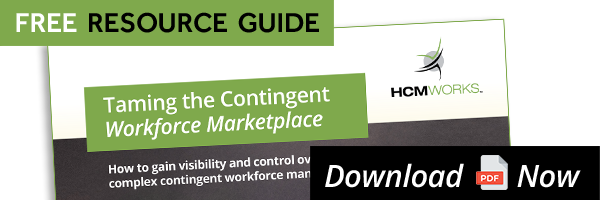The logistics side of the supply chain is in the midst of a talent crisis. There is a severe labor shortage for entry, mid- and senior-level logistics positions—workers just aren’t interested in applying to these types of roles. Many people simply aren’t aware of logistics as a career choice. Recruiting new workers for warehousing and distribution logistics positions is difficult. It’s not a sexy job, after all, and many job seekers believe that these types of employment opportunities will include little more than moving boxes around on a forklift. Thus, the talent pool is small, even though the industry is both exciting and rewarding.
With an aging workforce, advancing technologies, and strict federal regulations, it’s more important than ever for organizations to proactively face the logistics workforce talent crisis head on before it’s too late. Baby boomers are leaving the workforce at an increasing rate, leaving behind open positions. Technologies are quickly advancing, requiring companies to find new employees with the broad yet specialized skill sets required to safely operate the sophisticated systems and equipment that are now reshaping the landscape.
Organizations must identify both opportunities and gaps in the recruitment processes and look to new sources of talent in order to fill open positions before the logistics workforce talent crisis affects their bottom line. Using strategic workforce management is the way to proceed.
Strategic workforce management can help three ways.
Aligning Supply and Demand in the Workforce
Warehouse workers, truck drivers, managers—nearly all positions in logistics are becoming increasingly difficult to fill. With strategic workforce management, organizations can take on a supply management approach to their talent needs by aligning supply and demand.
This approach involves systemically determining exactly how many workers with what skills are needed now and in the future. When you truly understand the problem and identify the gaps and opportunities in your logistics workforce and recruitment processes, you can make the necessary changes that are needed and invest in the right areas.
For example, logistics companies have started to realize that to align supply and demand in their workforces, they need to pay. Although it will increase the cost of doing business, they must promise higher wages and bonuses to find and retain top talent in the areas that face critical shortages. Others have identified opportunities within their current workforces and are supporting training and continuing education initiatives to help their employees increase their skill sets in order to solve the logistics workforce talent crisis at their companies.
Broaden the Recruitment Pool
If you keep trying to pump out talent out of the same talent pool, you’re going to eventually run dry. With strategic workforce management, you can start to tap into different populations and find new places to find logistics talent. Some organizations are starting to look into populations who do not state English as their first language and have found a wealth of new talent. Others have started to hire people with disabilities and veterans of the military to work in the logistics management and supply fields.
When you open your mind to other possibilities, you might find yourself with a completely new group of skilled candidates to choose from, so you can begin to fill those open positions and solve the logistics workforce talent crisis.
Collaboration and Innovation
Solving the logistics workforce talent crisis can only be achieved with collaboration and innovation. Working with current employees to further their skills or seeking out new untapped segments of the workforce takes collaboration with staff, industry associations, governments, partners, and institutions.
Considering new ways of solving the crisis takes innovation. It’s time to be flexible with our thinking and cooperate with others to solve the crisis, but taking creative strides to finding talent requires strategy. Strategic workforce management can enable this process by providing a framework to reinforce and advance efforts.



